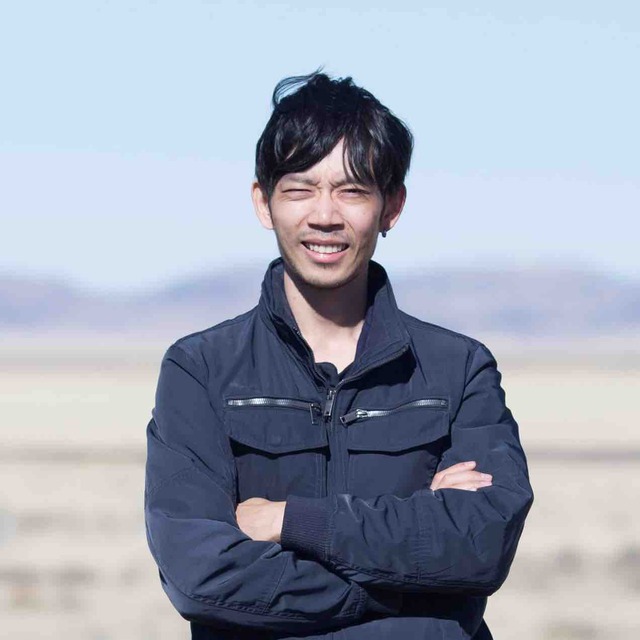October
2022
•
2022ApJ...938L..13R
Authors
•
Roberts-Borsani, Guido
•
Morishita, Takahiro
•
Treu, Tommaso
•
Brammer, Gabriel
•
Strait, Victoria
•
Wang, Xin
•
Bradac, Marusa
•
Acebron, Ana
•
Bergamini, Pietro
•
Boyett, Kristan
•
Calabró, Antonello
•
Castellano, Marco
•
Fontana, Adriano
•
Glazebrook, Karl
•
Grillo, Claudio
•
Henry, Alaina
•
Jones, Tucker
•
Malkan, Matthew
•
Marchesini, Danilo
•
Mascia, Sara
•
Mason, Charlotte
•
Mercurio, Amata
•
Merlin, Emiliano
•
Nanayakkara, Themiya
•
Pentericci, Laura
•
Rosati, Piero
•
Santini, Paola
•
Scarlata, Claudia
•
Trenti, Michele
•
Vanzella, Eros
•
Vulcani, Benedetta
•
Willott, Chris
Abstract
•
We present the first search for z ≥ 7, continuum-confirmed Lyman break sources with NIRISS/WFS spectroscopy over the Abell 2744 Frontier Fields cluster, as part of the GLASS-JWST-ERS survey. With ~15 hr of preimaging and multiangle grism exposures in the F115W, F150W, and F200W filters, we describe the general data handling (i.e., reduction, cleaning, modeling, and extraction processes) and analysis for the GLASS-JWST survey. We showcase the power of JWST to peer deep into reionization, when most intergalactic hydrogen is neutral, by confirming two galaxies at z = 8.04 ± 0.15 and z = 7.90 ± 0.13 by means of their Lyman breaks. Fainter continuum spectra are observed in both the F150W and F200W bands, indicative of blue (-1.69 and -1.33) UV slopes and moderately bright absolute magnitudes (-20.37 and -19.68 mag). We do not detect strong Lyα in either galaxy, but do observe tentative (~2.7-3.8σ) He II λ1640 Å, O III]λλ1661,1666 Å, and N III]λλ1747,1749 Å line emission in one, suggestive of low-metallicity, star-forming systems with possible nonthermal contributions. These novel observations provide a first look at the extraordinary potential of JWST/NIRISS for confirming representative samples of bright z ≥ 7 sources in the absence of strong emission lines, and gain unprecedented insight into their contributions toward cosmic reionization.
Links




